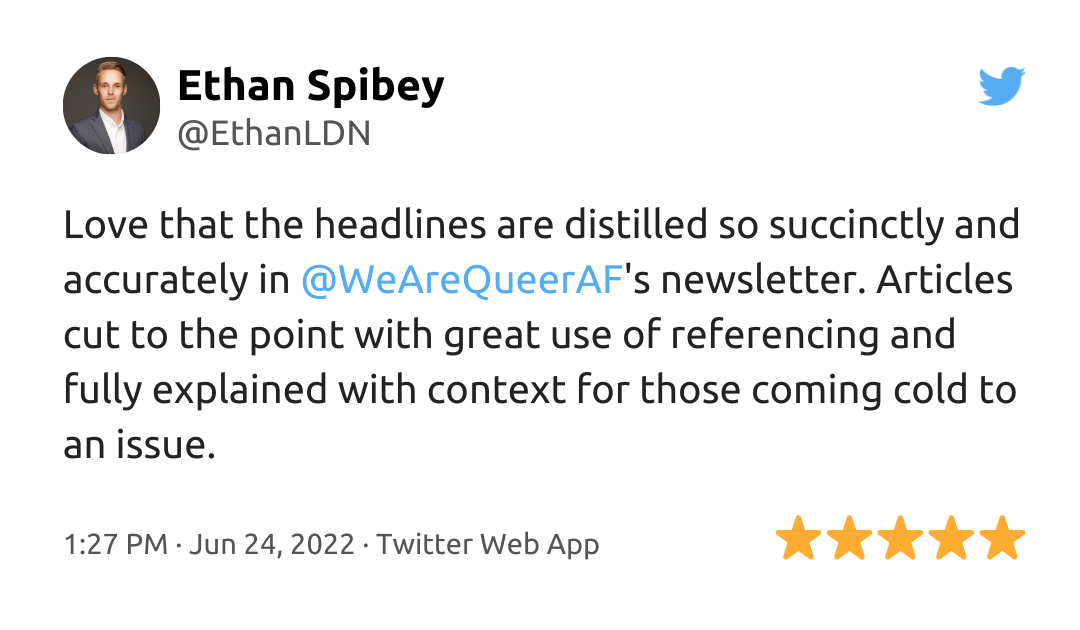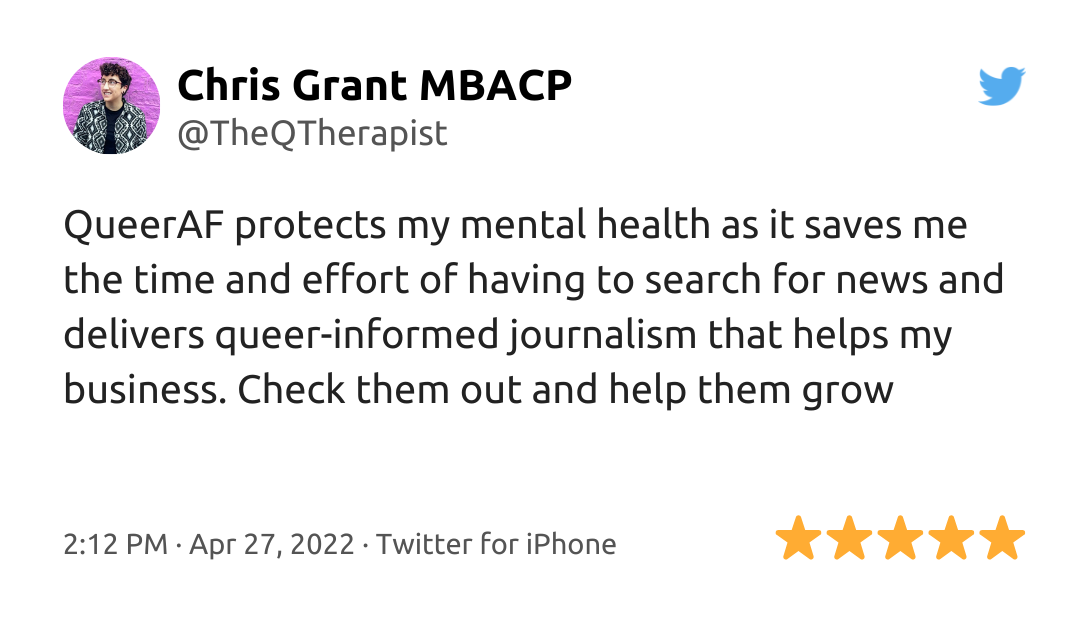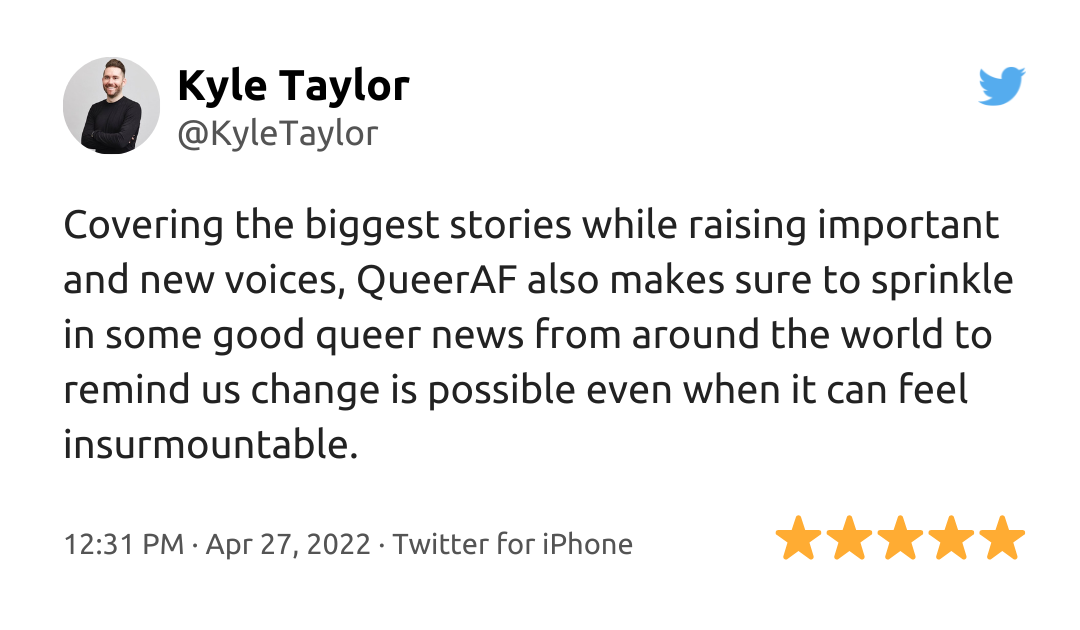
Society often judges people by the manner of their dress, determining the sexual status of a person by their fashion and conventional attractiveness.
There’s no greater example of this than Jessica Rabbit.
“I’m not bad. I’m just drawn that way.”
That’s Jessica’s iconic line from the movie Who Framed Roger Rabbit.
She's a sex symbol for many people - but this line tells us a lot about why she's seen as canonically asexual. So why do some people struggle to accept this?
For those who have never seen Who Framed Roger Rabbit, Jessica Rabbit is Roger Rabbit’s curvaceous wife, who draws the gaze of all the men in Toontown.
When Roger is implicated for murder, Jessica seeks evidence to exculpate her husband. Asked why she loves Roger, Jessica says it’s because Roger makes her laugh rather than any sort of physical attraction.
This is a point of contention for some, who find it difficult to believe Jessica Rabbit is asexual due to her physical appearance.
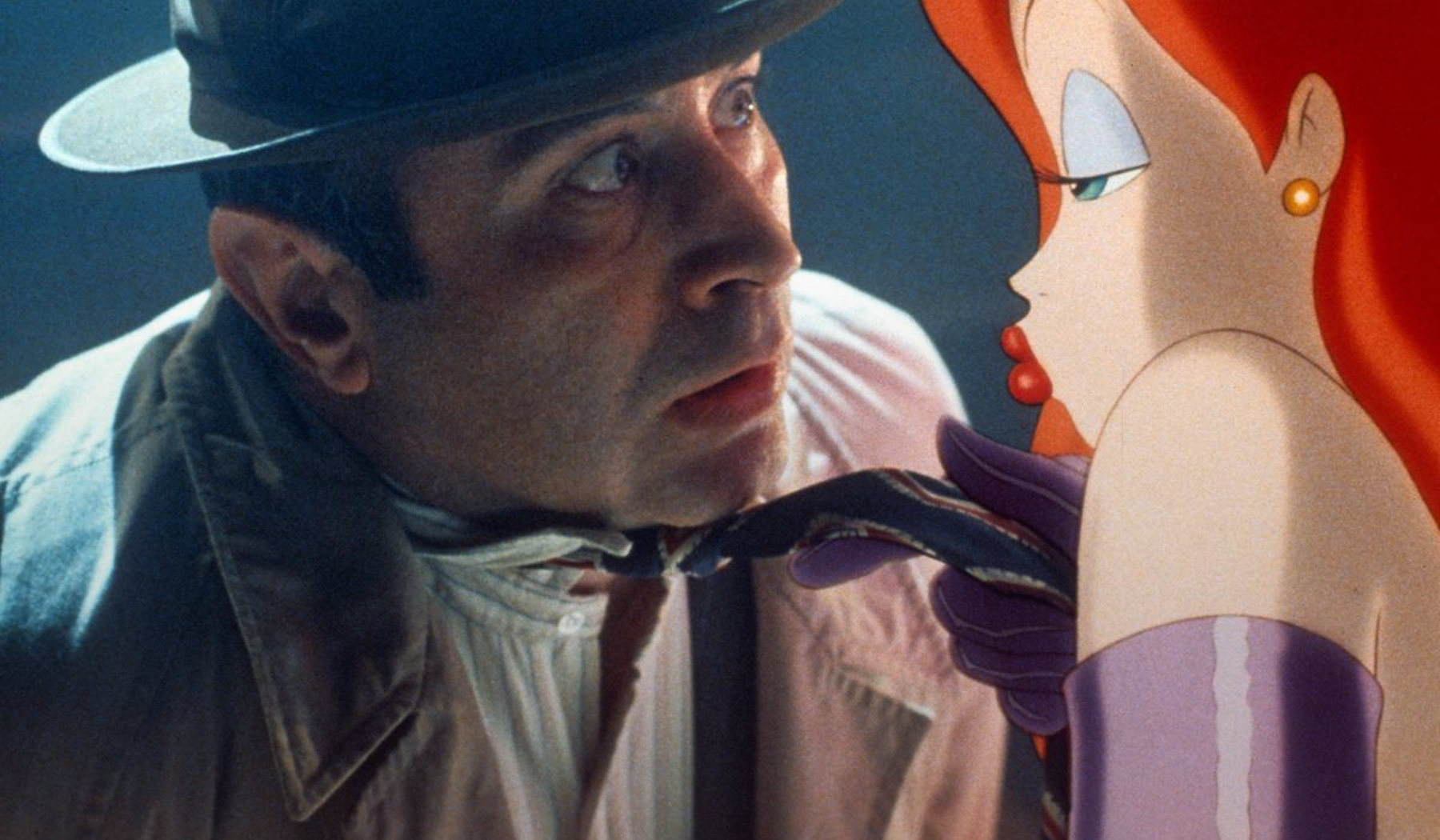
Whenever the subject of Jessica Rabbit being an asexual icon is brought up, a slew of comments emerges, saying she can’t be asexual due to being conventionally attractive.
“Jessica Rabbit’s not asexual. Look at how she dresses!”
“There’s no way Jessica Rabbit’s asexual. She’s too hot to be asexual!”
“If she’s asexual, why does she dress like that?”
These same statements are also hurled at real-life aces who fit into conventional beauty standards.
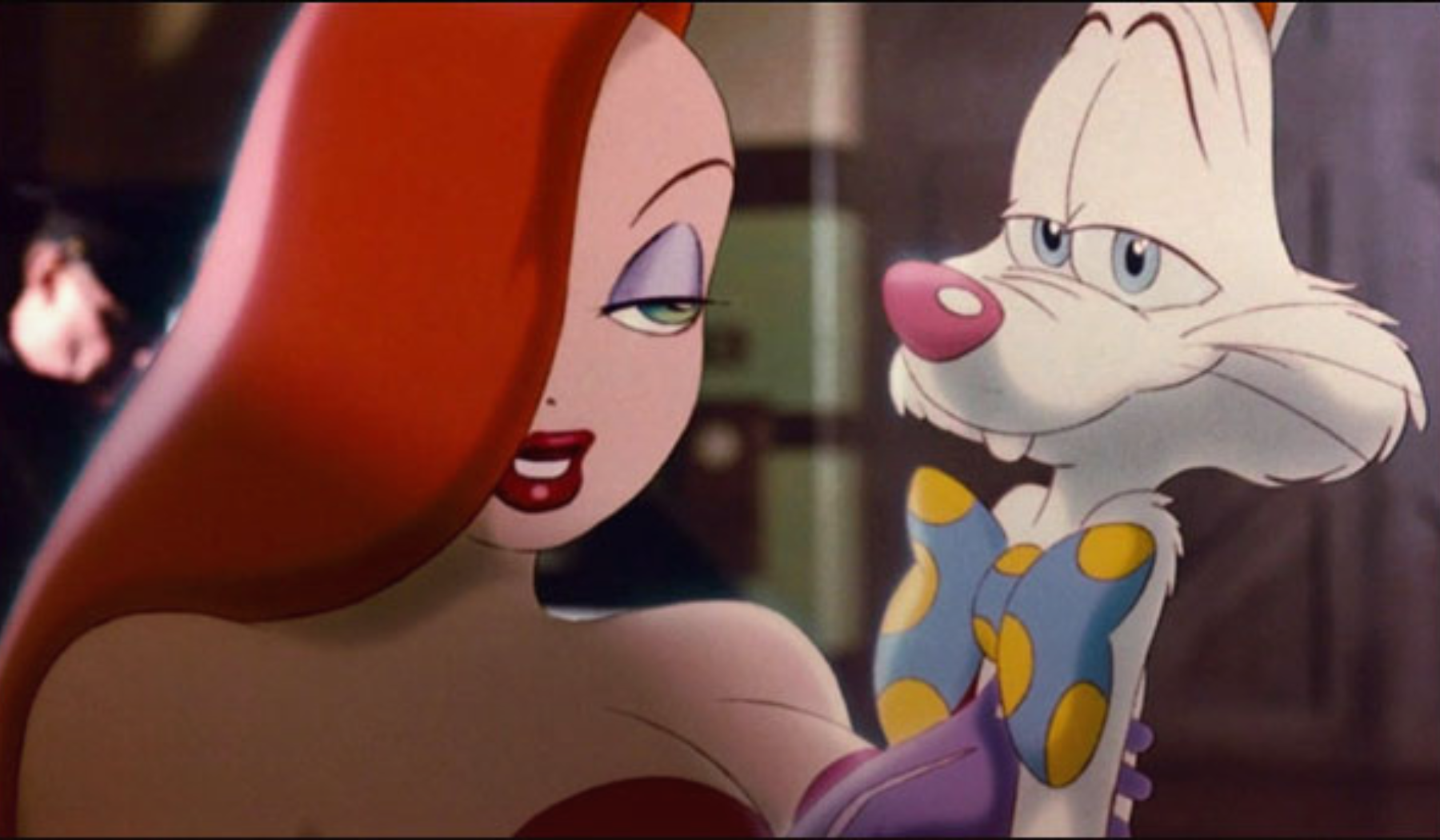
Yasmin Benoit is a lingerie model. When she does any modelling shoots for her profession or any sort of asexual activism, she receives a litany of comments disparaging her for daring to look attractive.
This is because asexual people who are seen as a conventionally attractive challenge and confound the concept that appearing attractive means seeking sex.
Jessica Rabbit, Yasmin Benoit and other attractive aces defy the idea that beauty is something done for the attention of others instead of themselves.
Marilyn Monroe is another example of this. Although we can’t definitively label the iconic figure as asexual, she spoke in her biography about her disinterest in sex.
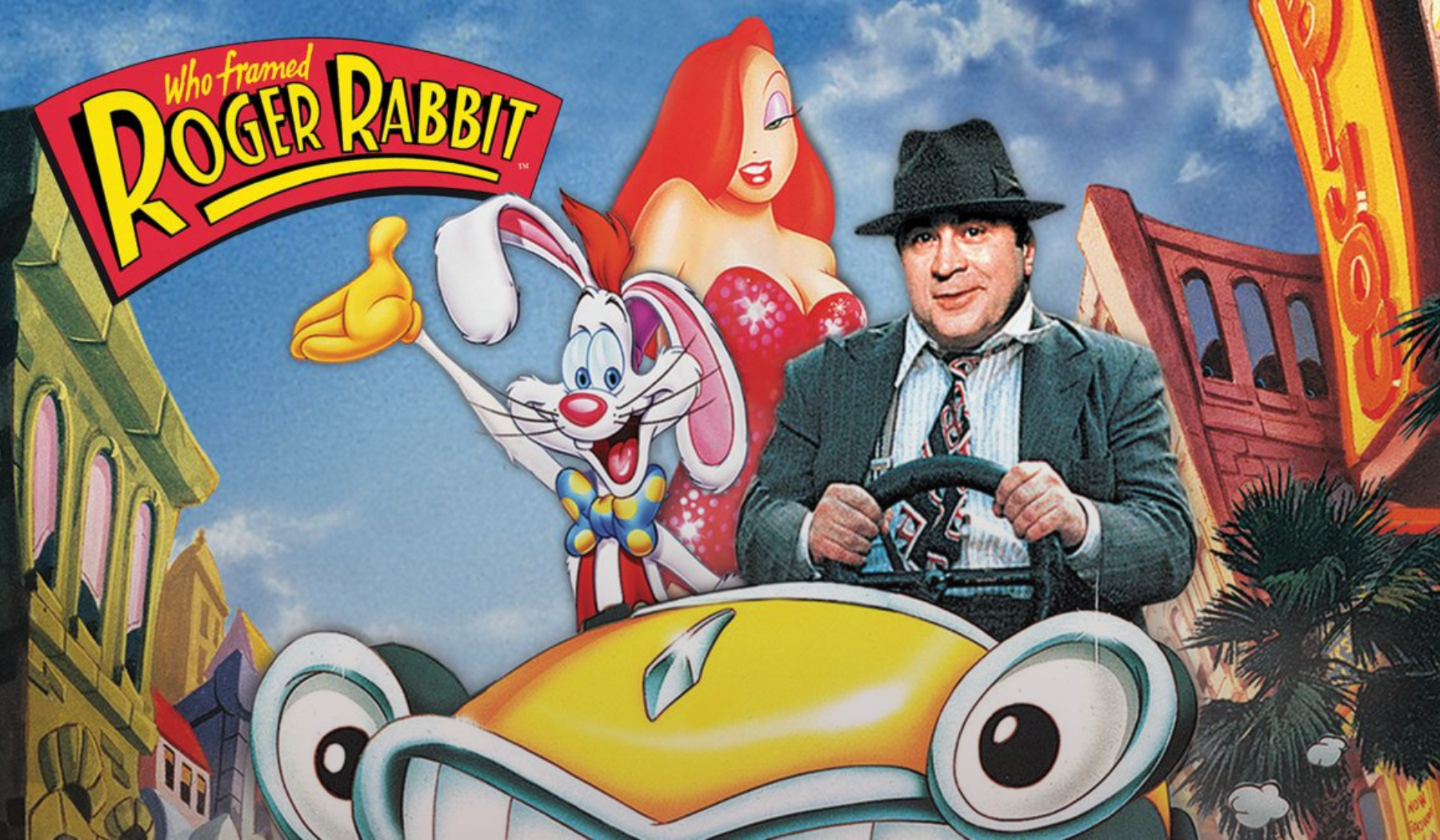
We as a society judge people based on their looks so often. If they look a certain way or dress a certain way, we make assumptions about their sexual behaviour - often negative ones.
Jessica Rabbit being ace shows that sexuality is independent of appearance and that no matter how a person looks, their sexuality is all their own.
Jessica Rabbit being a sex symbol and an asexual icon confounds the belief that asexual people have to look a certain way - unattractive - so as not to be a “tease” to those with sexual proclivities (particularly men).
She teaches us that anybody can be asexual. Asexuality is not confined to a stereotypical aesthetic.
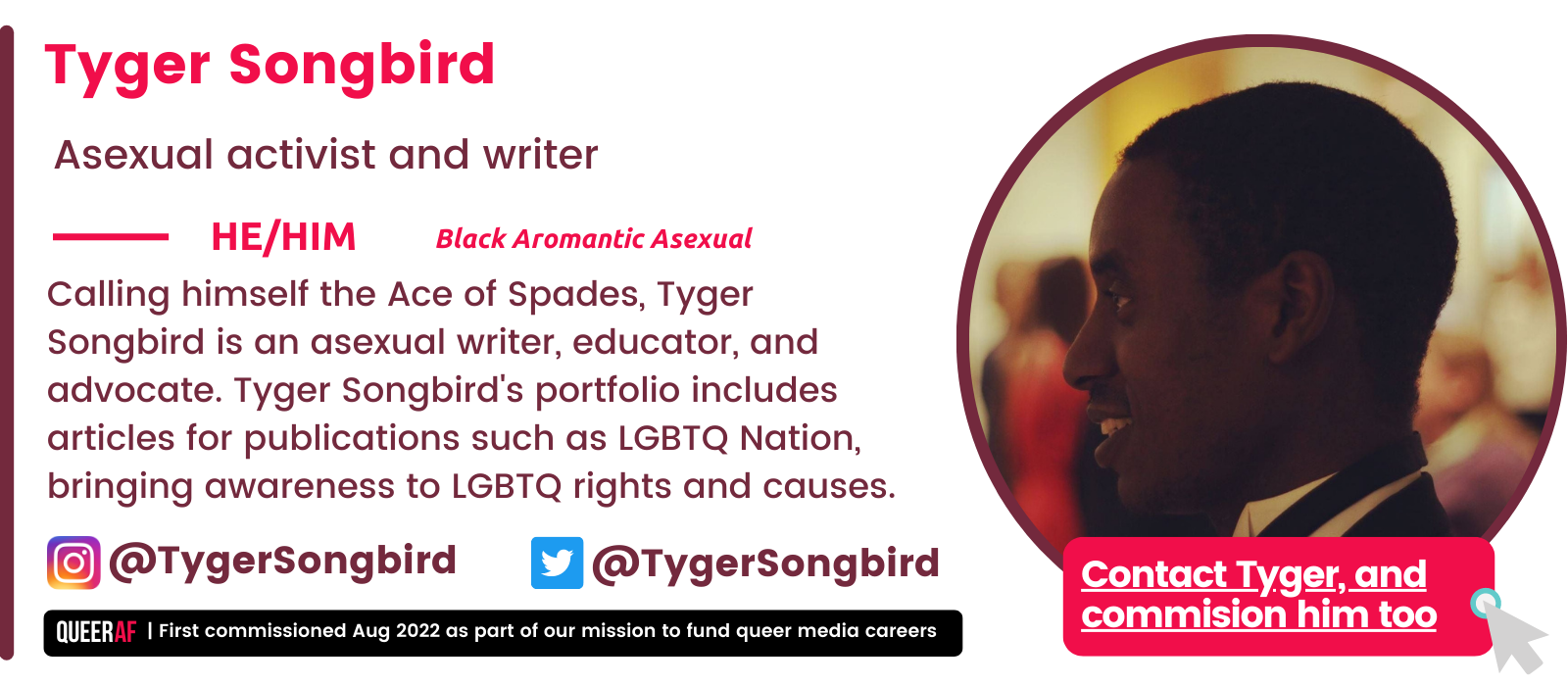
The Queer Gaze is changing the media
This article is part our landmark scheme commissioning, mentoring and running skill sessions with queer writers.
It was just one part of our free weekly newsletter that helps you understand the queer headlines and stay on top of the latest LGBTQIA+ content - all while we support queer creatives.
It's written by Jamie Wareham and a different queer creative each week, who writes an edition of this feature - the Queer Gaze. Hundreds of people trust us to give them everything they need to navigate the ever-changing queer world every Saturday morning 🏳️🌈
We are an independent platform launching the careers of emerging and LGBTQIA+ creatives driven by people, not advertisers.
We rely on members to fund the Queer Gaze scheme. Become a QueerAF member to commission queer creatives directly - and see your name listed here.



